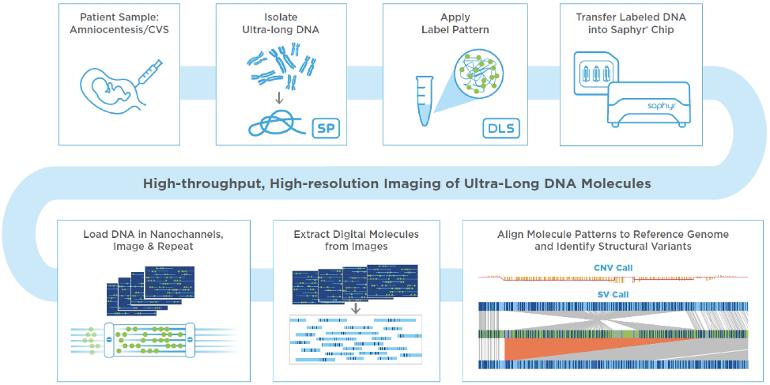In CLL, cytogenetic testing relies on a few well-established techniques powerfulpatients.org/2019/1... while the new method of optical genome mapping (OGM) remains strictly experimental.
Preliminary research, though, does suggest that OGM can enhance cytogenomic assessment in CLL. Conclusions from ncbi.nlm.nih.gov/pmc/articl...
In summary, we have confirmed that OGM is a valuable tool for the cytogenomic assessment of CLL patients. It not only effectively detects most of the abnormalities defined by the combination of standard methods in a single test but also provides a more comprehensive genomic analysis allowing an enhanced interpretation. Despite a few abnormalities still being missed due to OGM limitations, these are expected to be addressed by the technical and analytical improvements of upcoming Bionano Access upgrades. As for its utility for risk stratification, herein, for the first time, we have demonstrated the association of an increasing number of abnormalities by OGM with a worse clinical evolution of CLL patients. Nonetheless, further studies in larger unselected cohorts are required to define standard genomic complexity criteria by OGM and to define the clinical significance of the novel abnormalities underscored by this technology. In conclusion, OGM is a new methodology that could potentially replace current cytogenomic methodologies for the routine management of CLL patients in the future.
If anyone is interested to know more about the technology, you can register for a webinar presented by Dr. Adam Smith, who will describe how his organization [Cancer Cytogenetics Laboratory University Health Network, Toronto] has evaluated optical genome mapping as a first-line test for hematologic malignancies specifically focusing on acute myeloid leukemia and replacing a legacy eosinophilic leukemia FISH panel insideprecisionmedicine.com...

